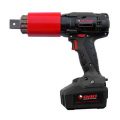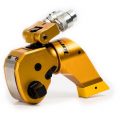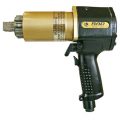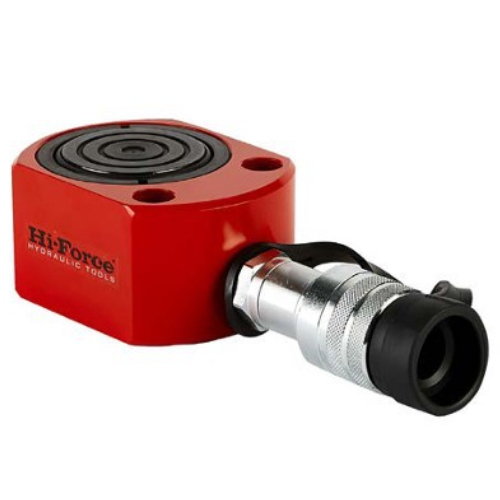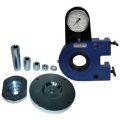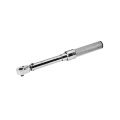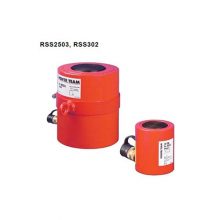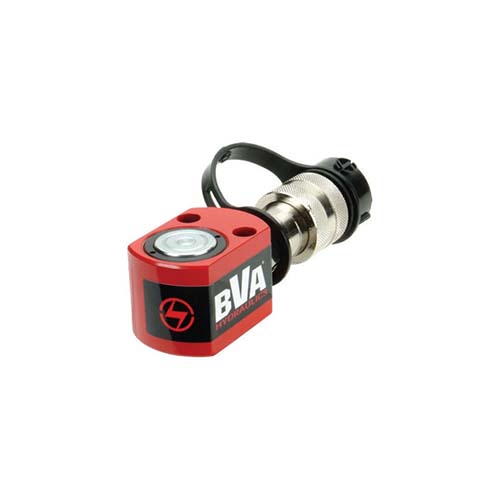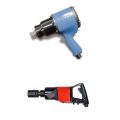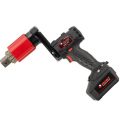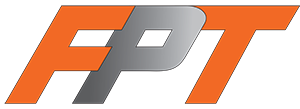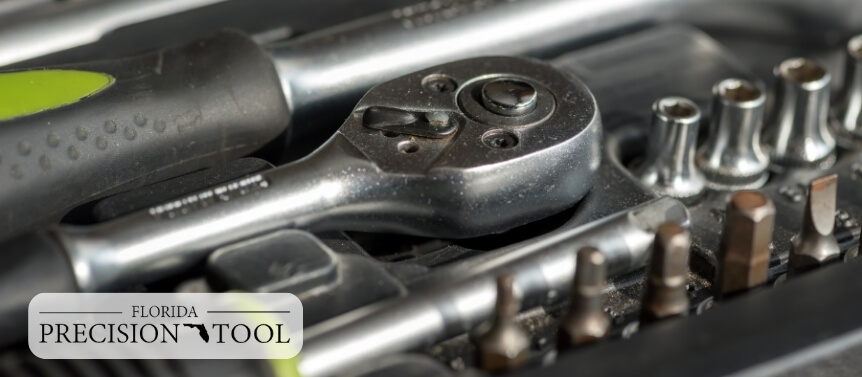Extending the Lifespan of Your Torque Wrench
A Comprehensive Guide to Torque Wrench Calibration, Maintenance, and Repair
In the world of precision engineering and construction, a reliable torque wrench is an indispensable tool. Whether you’re assembling critical components, working on a construction site, or performing routine maintenance, the accuracy of your torque wrench can significantly impact the quality and safety of your work. In this guide, we’ll delve into essential practices for extending the lifespan of your torque wrench, with a focus on torque wrench calibration, maintenance, and repair.
Understanding Torque Wrench Calibration
What is Torque Wrench Calibration?
Torque wrench calibration is the process of verifying and adjusting the accuracy of your torque wrench to ensure that it delivers precise and consistent torque readings. Regular calibration is crucial to maintaining the tool’s reliability and accuracy over time.
Why Torque Wrench Calibration Matters
Proper calibration ensures that your torque wrench provides accurate torque readings, minimizing the risk of under-torqueing or over-torqueing critical fasteners. This is particularly important in industries where precision and safety are paramount, such as automotive, aerospace, and construction.
The Importance of Torque Wrench Repair
Signs Your Torque Wrench Needs Repair
Wrench Clicks Unreliably: If your torque wrench clicks inconsistently or fails to click at all, it may be a sign that the internal components need attention.
Inaccurate Torque Readings: If the amount of torque applied does not align with the wrench’s readings, immediate inspection and repair are necessary.
Square Drive Issues: A damaged or worn-out square drive can compromise the wrench’s ability to transmit torque accurately.
Torque Wrench Repair Process
Identify the Issue: Begin by identifying the specific problem. Whether it’s a malfunctioning click mechanism or a damaged square drive, understanding the issue is crucial for an effective repair.
Disassembly: Carefully disassemble the torque wrench, paying close attention to the internal components. Be sure to follow the manufacturer’s guidelines for disassembly.
Component Inspection: Inspect each component for signs of wear, damage, or misalignment. Common components to check include the click mechanism, spring, square drive, and adjustment settings.
Replacement of Damaged Parts: If any components show signs of wear or damage, replace them with genuine parts from the manufacturer. This ensures the continued reliability of your torque wrench.
Reassembly: Once the necessary repairs are complete, carefully reassemble the torque wrench, ensuring that each part is correctly aligned and securely fastened.
Calibration Verification: After repair, it’s essential to recalibrate the torque wrench to confirm its accuracy. This step ensures that the repairs have effectively restored the tool to its optimal working condition.
Torque Wrench Maintenance Best Practices
On-Site Torque Wrench Calibration
On-site torque wrench calibration offers the convenience of ensuring your tools are accurately calibrated without having to send them off-site. This minimizes downtime and allows you to maintain a consistent workflow.
Professional calibration services equipped with precision instruments can visit your facility to calibrate torque wrenches, providing peace of mind regarding the accuracy of your tools.
Routine Maintenance Steps
Set the Torque Wrench Correctly: Always set the torque wrench to the desired torque level before applying force. Avoid overloading the wrench beyond its specified capacity.
Screw Clockwise: When using a torque wrench, ensure that you turn the screw or fastener in a clockwise direction. Most torque wrenches are designed to measure torque accurately in this direction.
Touch the Ground: To maintain accuracy, store your torque wrench in a secure, dry location, ensuring that it doesn’t come into contact with the ground. A protective case can help prevent damage and contamination.
Regularly Check Calibration: Perform regular checks of your torque wrench’s calibration using a torque tester or professional calibration service. This proactive approach helps identify potential issues before they affect the quality of your work.
Monitor Torque Readings: Pay close attention to the torque readings during use. If you notice any inconsistencies or deviations from the set torque, it’s crucial to investigate and address the issue promptly.
Setting the Right Amount of Torque
Understanding the required amount of torque for a specific application is fundamental to the proper use of a torque wrench. Consult the manufacturer’s specifications or industry standards to determine the appropriate torque settings for different fasteners and applications.
Contact Florida Precision Tool for On-Site Torque Wrench Calibration and Maintenance
The longevity and accuracy of your tools are directly linked to proper calibration, regular maintenance, and timely repairs.
By adhering to best practices in torque wrench calibration, following routine maintenance steps, and addressing repair needs promptly, you can extend the lifespan of your torque wrench and ensure its reliability in critical applications.
Remember, a well-maintained and accurately calibrated torque wrench is not just a tool; it’s a key contributor to the success, safety, and quality of your projects.

